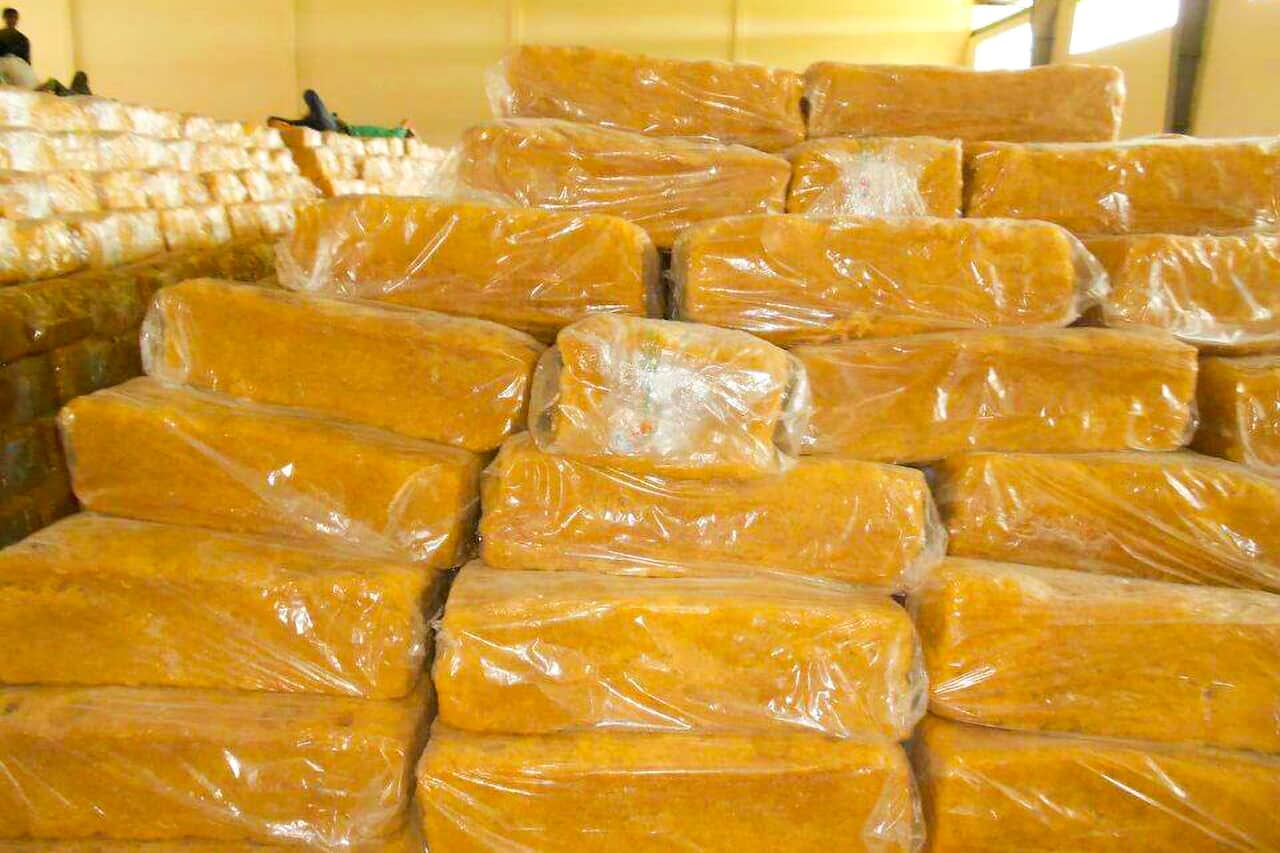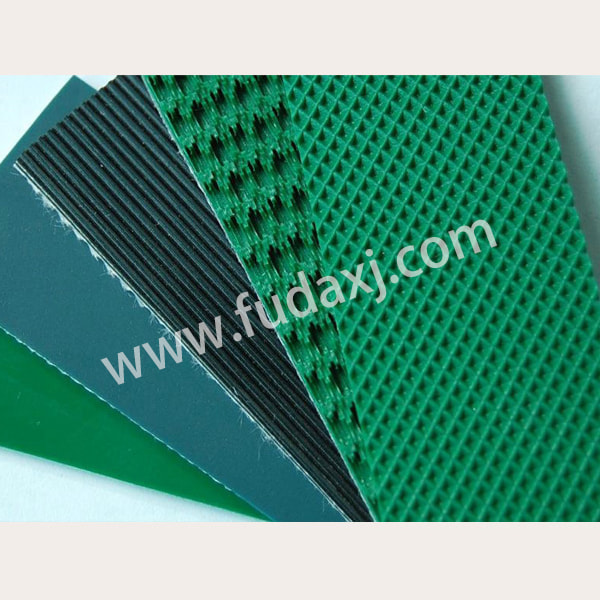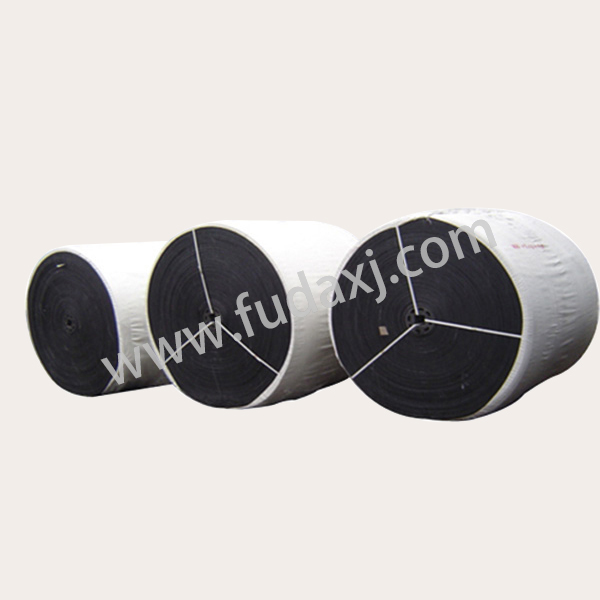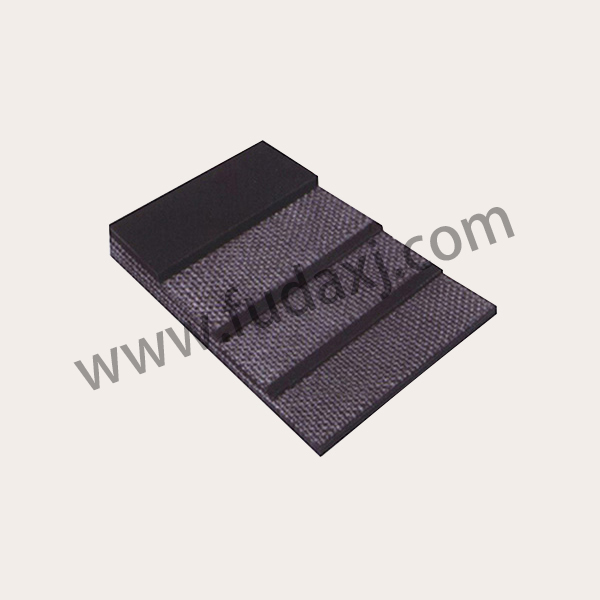
Rubber conveyor belts can be divided into many types, and the rubber used in each type of conveyor belt is also different. Let's know what kinds of rubber are commonly used in rubber conveyor belts
Firstly, buffer glue: the function of buffer glue is to disperse and absorb the impact force caused by conveying materials, play a buffer role, and also increase the adhesion between the covering glue and the belt core layer. Buffer adhesive should be selected with good adhesion (adhesion between adhesive and cloth ≥ 3.15n/mm), small heat generation, good elasticity, good process performance, and easy heat dissipation.
Second, cover rubber, rubber conveyor belt in use will be subject to material impact, wear, and microbial erosion, as well as a variety of aging. Therefore, the covering rubber is required to have good viscosity, good tensile strength (≥ 18Mpa), and wear resistance (wear amount ≤ 20px3 / 1.61km). The formula design of covering rubber requires natural rubber as the main component or an appropriate amount of styrene-butadiene rubber.
Thirdly, the raw rubber is mainly natural rubber, containing 20 ~ 30 parts of styrene-butadiene rubber, and the rubber content is about 50%. The vulcanization system is the same as the general sulfur and accelerator system. Generally, m and DM are used together, or a small amount of TMTD is added to accelerate the curing speed, but attention should be paid to prevent scorch. Carbon black should be semi reinforced carbon black or other soft carbon black, the amount is about 10 parts by mass. The amount of gum baron resin and petroleum resin should be increased properly for the rubbers mixed with styrene-butadiene rubber, otherwise, the adhesion of the cloth layer will be reduced.
Fourth, wipe glue. The main function of wipe glue is to glue the canvas layer with the core into a whole. It is required to have good adhesion performance (the adhesion strength between cloth is not less than 4.5n/mm), fatigue resistance (the number of cloth flexion is more than 25000 times / full peel), and sufficient plasticity (plasticity is 0.5 ~ 0.6) and scorch resistance.
 English
English 简体中文
简体中文 Español
Español عرب
عرب
 English
English





 Fax: 0086-576-83019528
Fax: 0086-576-83019528